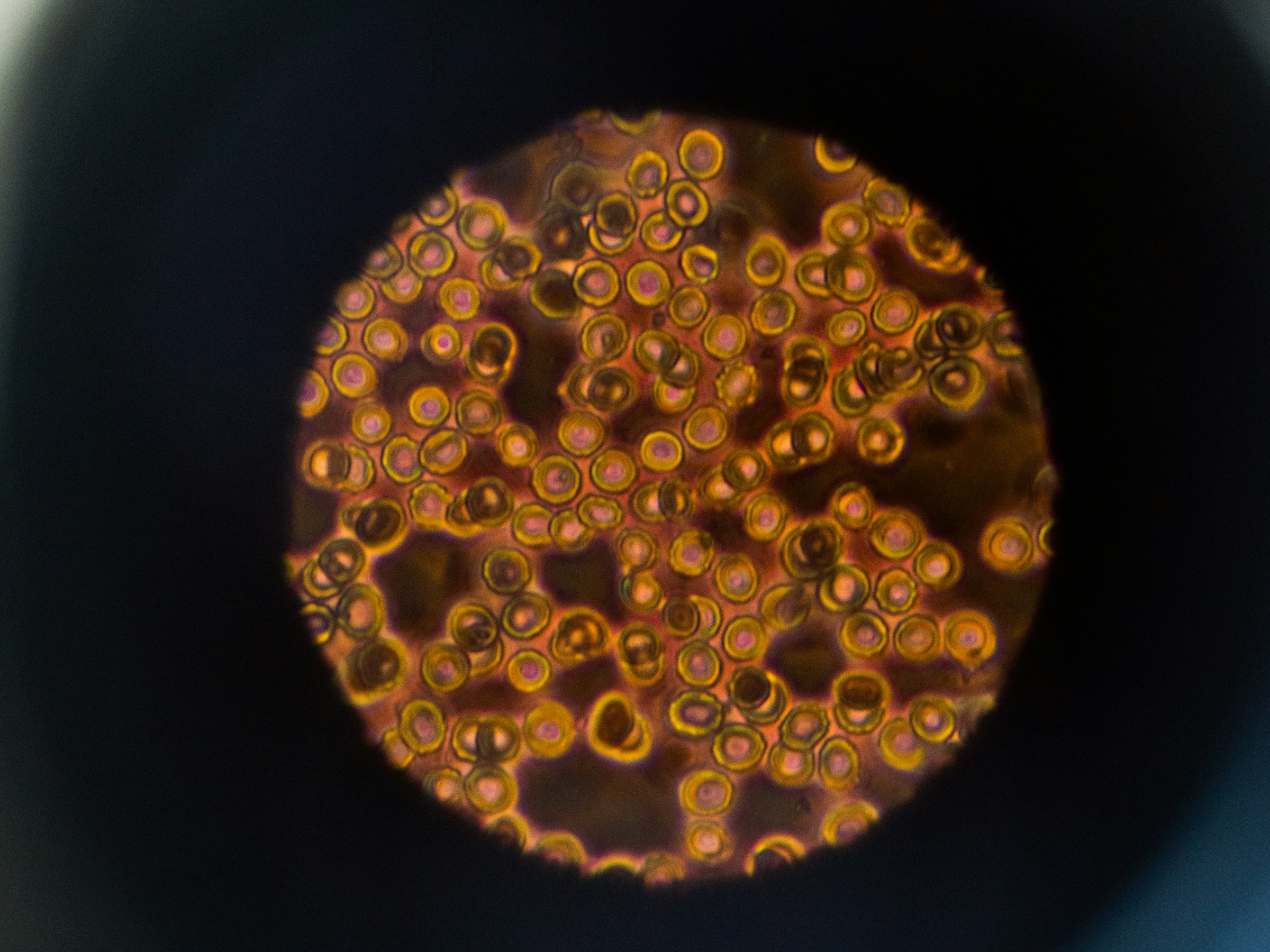A team of MIT researchers has developed a new microscope technology that can see deeper into brain tissue at a single-cell level than conventional microscopes can. The system employs a novel combination of light and sound to create high-resolution images without the need for external labels. The work is detailed in a paper published in the journal Light: Science and Applications.
The new “Multiphoton-In and Acoustic-Out” operates in two major stages. First, it uses an intense, ultra-short burst of long-wavelength light to penetrate deep and precisely into the brain tissue. The “three-photon light” excites the target molecule within a single cell.
For the second step, instead of trying to detect the faint fluorescent light the molecule gives off, it measures the sound. As the light energy is absorbed, it causes a thermal expansion within the cell, producing sound waves that travel through tissue. A very sensitive ultrasound microphone picks up the sound, the system then converts the sound signal into a detailed image.
Using the new system, the team successfully imaged NAD(P)H — a molecule associated with cellular metabolism and neuron activity — right through a 1.1 millimeter-thick human cerebral organoid. To put it into perspective, that number is 5 times higher than what other label-free microscope technologies are capable of.
Given that the new system requires no added chemicals or genetic engineering, the researchers project it could one day be used in clinical settings, such as the detection of biomarkers for diseases like Alzheimer’s during brain surgery. The tests conducted so far have been in vitro and ex vivo, but the team is now targeting a demonstration on a living animal.

I have always been fascinated by technology and digital devices my entire life and even got addicted to it. I have always marveled at the intricacy of even the simplest digital devices and systems around us. I have been writing and publishing articles online for about 6 years now, just about a year ago, I found myself lost in the marvel of smartphones and laptops we have in our hands every day. I developed a passion for learning about new devices and technologies that come with them and at some point, I asked myself, “Why not get into writing tech articles?” It is useless to say I followed up the idea — it is evident. I am an open-minded individual who derives an infinite amount of joy from researching and discovering new information, I believe there is so much to learn and such a short life to live, so I put my time to good use — learning new things. I am a ‘bookworm’ of the internet and digital devices. When I am not writing, you will find me on my devices still, I do explore and admire the beauty of nature and creatures. I am a fast learner and quickly adapt to changes, always looking forward to new adventures.
